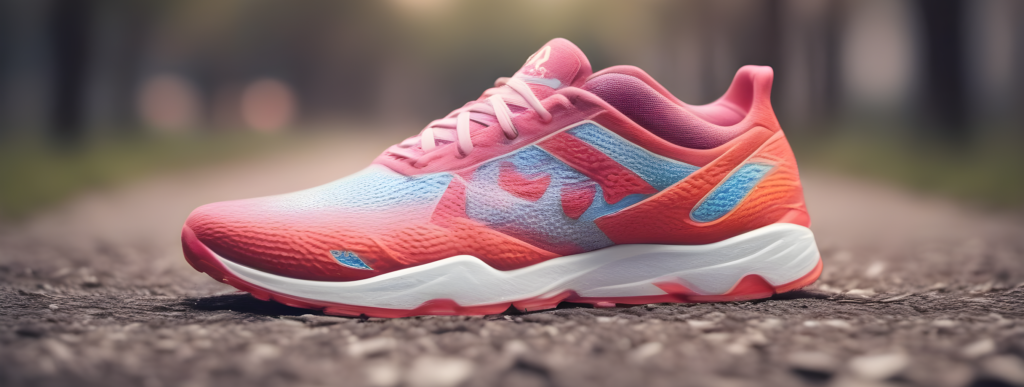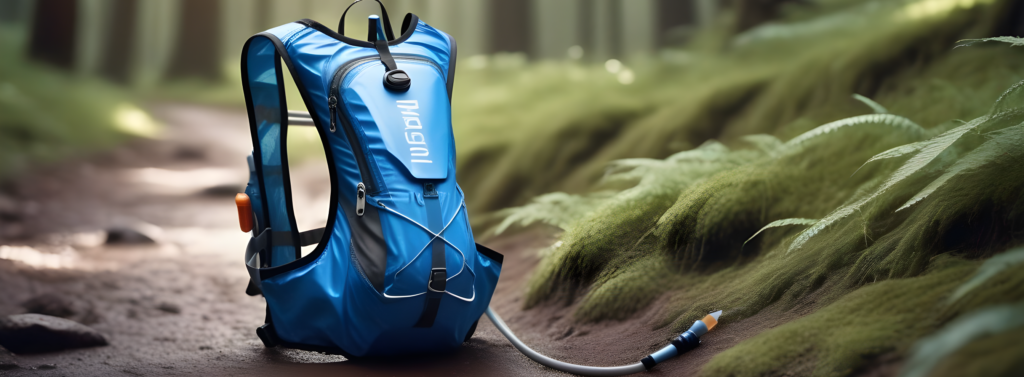The Basics – Where Do I Start?
Running Shoes

If you’re planning to run ultra marathons, you’re going to need a running shoe that’s comfy for hours (or maybe even days). You want shoes with a little extra space to allow for when your feet swell throughout your long runs, it might be worth getting some gait analysis done (this is carried out in most running shops to ascertain the best shoe for your running style). Finally think about the terrain you are going to mostly be running on; be it Road, Track, Trails or Mountains, each type of shoe will have a more aggressive grip to keep you from slipping and tripping.
Clothing

Similar to our comments on the running shoes, think about the weather and conditions you’re going to face when training or throughout your chosen race. If you’re starting out in the Summer you might want to consider running shorts/vests or if into the Autumn/Winter running leggings and a waterproof jacket. you’ll see a large percentage of ultra runners with buffs/neck tubes, these are a great piece of clothing to have for all year round to use as sweat band, neck warmer, hat the list goes on.
Bearing all this in mind a silly question you might want to ask yourself is “will it chafe”, that cool looking vest on your long run might just be a three hour chafe’fest. we’ll look to expand this section in the future, but for now think about the environment and temperatures you’re mostly going to be training in to ascertain the clothing you’ll require. last but not least; if you’ve entered a race, check their kit requirements. Too many times have we witnessed runners frustrations by not having the required kit and if their unable to acquire the missing kit ultimately not being able to start the race due to not passing kit check.
Running Vest / Back Pack

There’s a few exceptions, but having a running vest/back pack is pretty essential for most ultra runners. This allows you to carry all the necessary kit required, your food and liquids from check point to check point or for the entirety of the race. You want a pack that fits comfortably snug so not to bounce about too much, doesn’t chafe and has enough pockets/pouches within reach to allow you to eat/drink on the go without stopping.
Other Additions Once You’ve Got The Hang of Things
So you’ve got the perfect pair of running shoes you love, a few favourites in the running wardrobe and a vest that gives Inspector Gadget a run for his money; what else do you need?
So this all depends on what type of race/challenge you have planned, this could be a 12 hour track day in the middle of Summer or setting off from Edale on a 268 mile journey towards Kirk Yetholm in the middle of Winter. One would require potentially running shoes, some running clothes and a bag full food/drink, whereas the other would require a significant amount of kit both to carry and also in a drop bag to allow for changes throughout the race.
Ask yourself the questions below:
- Check the race minimum kit requirement, missing an item on the list then buy it!
- Could it be wet/rain? Waterproofs may be required.
- Could it be cold? Warmer kit may be required.
- Could it be hot? Lighter clothing, sunscreen, hat, sports sunglasses may be required.
- Could you be running in the dark? Headtorch is a must.
- Running somewhere new? Map & compass may be required.
- Can’t use map & compass? consider carrying GPS device.
- Running alone? Carry a mobile phone.
The questions above should get you through most entry level ultra’s and where more challenging events tend to require you to provide proof of your running experience to allow them to ascertain if you meet the skill level before starting the race. One last thing to mention, it’s great having the latest cutting edge in kit and equipment but if you have not ran in it, tested it or know how to use it then it could be useless. Test it, know how to use it, wear it for your training runs before your big race/challenge. Hope this helps.
